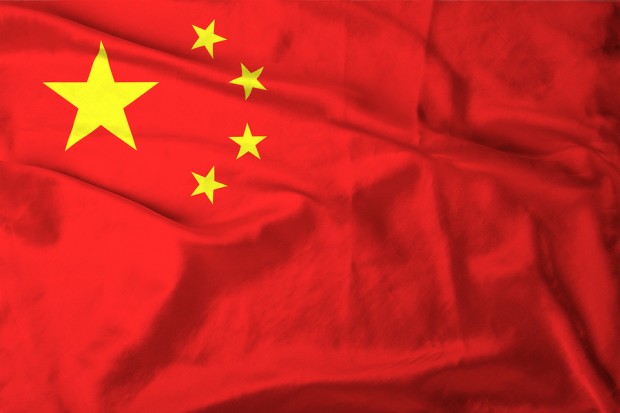China’s bank regulator will require the country’s largest lenders to disclose their off-balance-sheet exposures and other indicators in a move to implement global rules designed to strengthen regulation of “too-big-to-fail” banks.
“In recent years, the scale, interconnectedness, and complexity of Chinese banks has continuously increased, and it is necessary to implement higher standards for banks whose degree of systemic importance is relatively large,” the China Banking Regulatory Commission (CBRC) said in a statement on its website on Wednesday.
In 2011 the Financial Stability Board, the international body established by the G20 to coordinate financial regulation among member countries, published its first list of systemically important financial institutions (SIFI) and required them to publish key indicators designed to gauge systemic importance.
The latest guidance from the CBRC implements these global rules by requiring Chinese banks that the FSB has designated as systemically important—as well as all other banks with on- and off-balance sheet assets worth at least 1.6 trillion yuan ($264 billion)—to disclose key indicators.
These banks will be required to disclose 12 indicators that track size, interconnectedness, complexity and other factors.
The indicators include the scale of on- and off-balance-sheet assets; claims on and liabilities to other financial institutions; nominal value of outstanding over-the-counter derivatives; assets held for both trading and available for sale; and cross-border assets and liabilities.
The FSB’s latest list of SIFIs, published in November 2013, included China’s first and fourth largest banks, Industrial and Commercial Bank of China and Bank of China .
But all other mainland or dual-listed Chinese banks—with the exception of Bank of Ningbo and Bank of Nanjing—also have assets of at least 1.6 trillion yuan, based on their latest financial statements.
While many of the required disclosures are already included in these banks’ regular disclosures to shareholders, others, such as off-balance-sheet assets, were previously not required.
The disclosures could provide a new window into the opaque world of shadow banking, which has grown rapidly in recent years. Commercial banks have rapidly expanded off-balance-sheet lending funded by the sale of wealth management products, which they market to customers as a higher-yielding alternative to traditional bank deposits.
Reuters reported earlier this week that the State Council, China’s cabinet, had issued new policies to strengthen regulation of off-balance-sheet lending in an effort to contain the risk of a debt crisis.
The CBRC said that the banks should make the disclosures on their websites or in their annual financial statements within four months of the end of their accounting year or no later than July 31 each year.





















 Slideshow: Carrier Management’s 2025 Top Editor’s Picks (Unlocked)
Slideshow: Carrier Management’s 2025 Top Editor’s Picks (Unlocked)  Five AI Trends Reshaping Insurance in 2026
Five AI Trends Reshaping Insurance in 2026  Insurance Costs, Climate Concerns Factor Heavily in U.S. Home Buying Decisions
Insurance Costs, Climate Concerns Factor Heavily in U.S. Home Buying Decisions  Is the AI Boom a Bubble Waiting to Pop? Here’s What History Says
Is the AI Boom a Bubble Waiting to Pop? Here’s What History Says 

